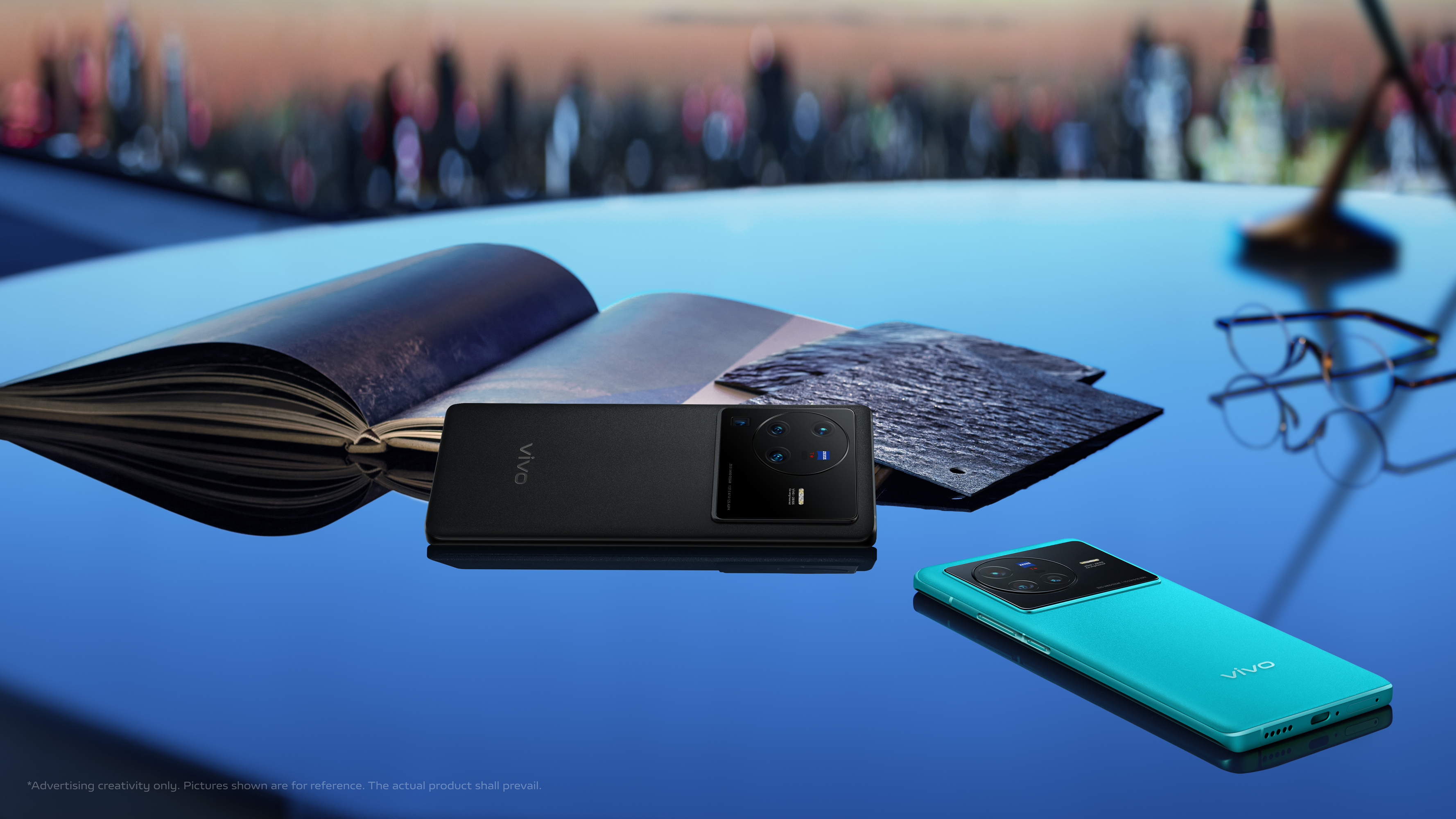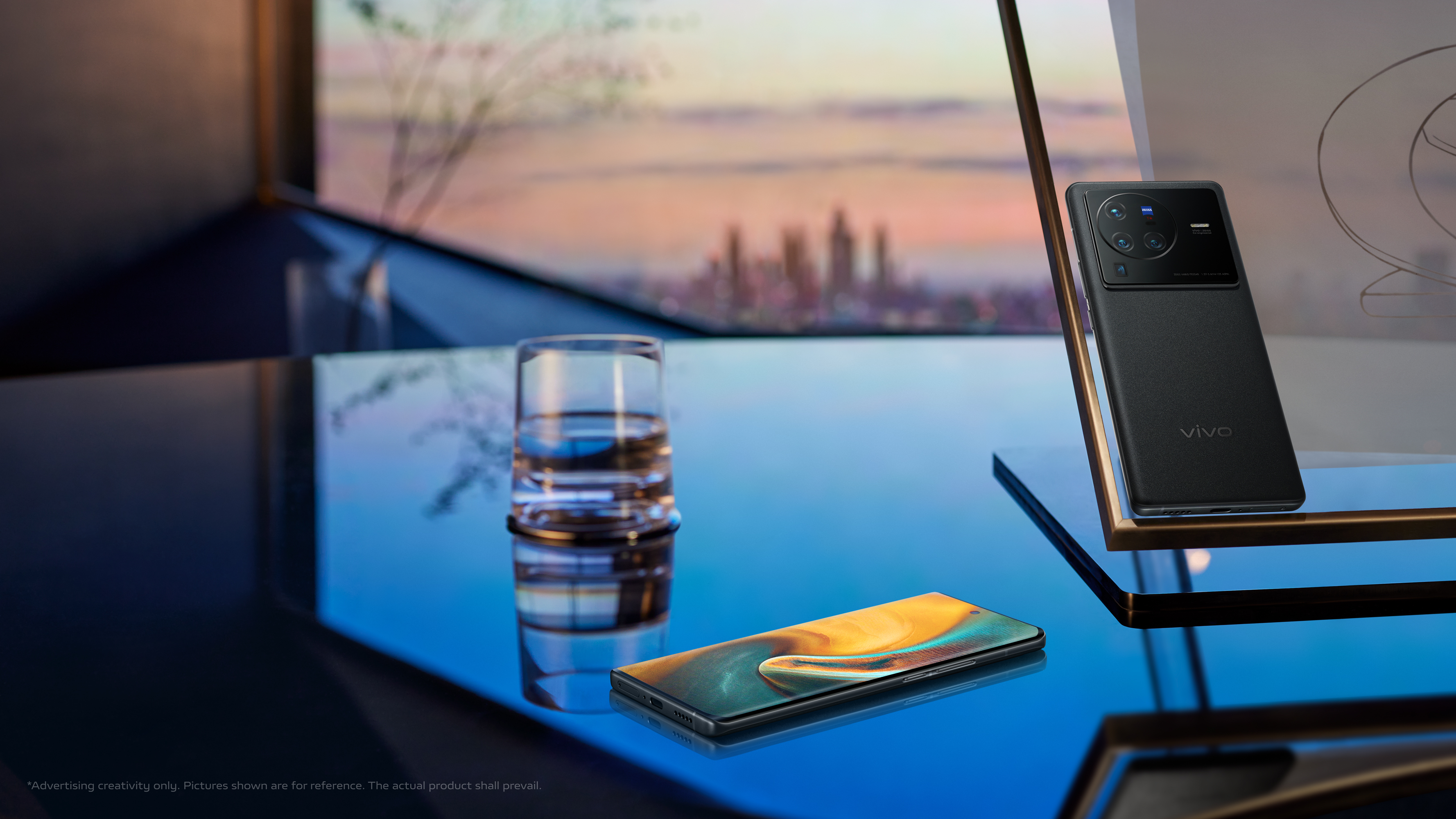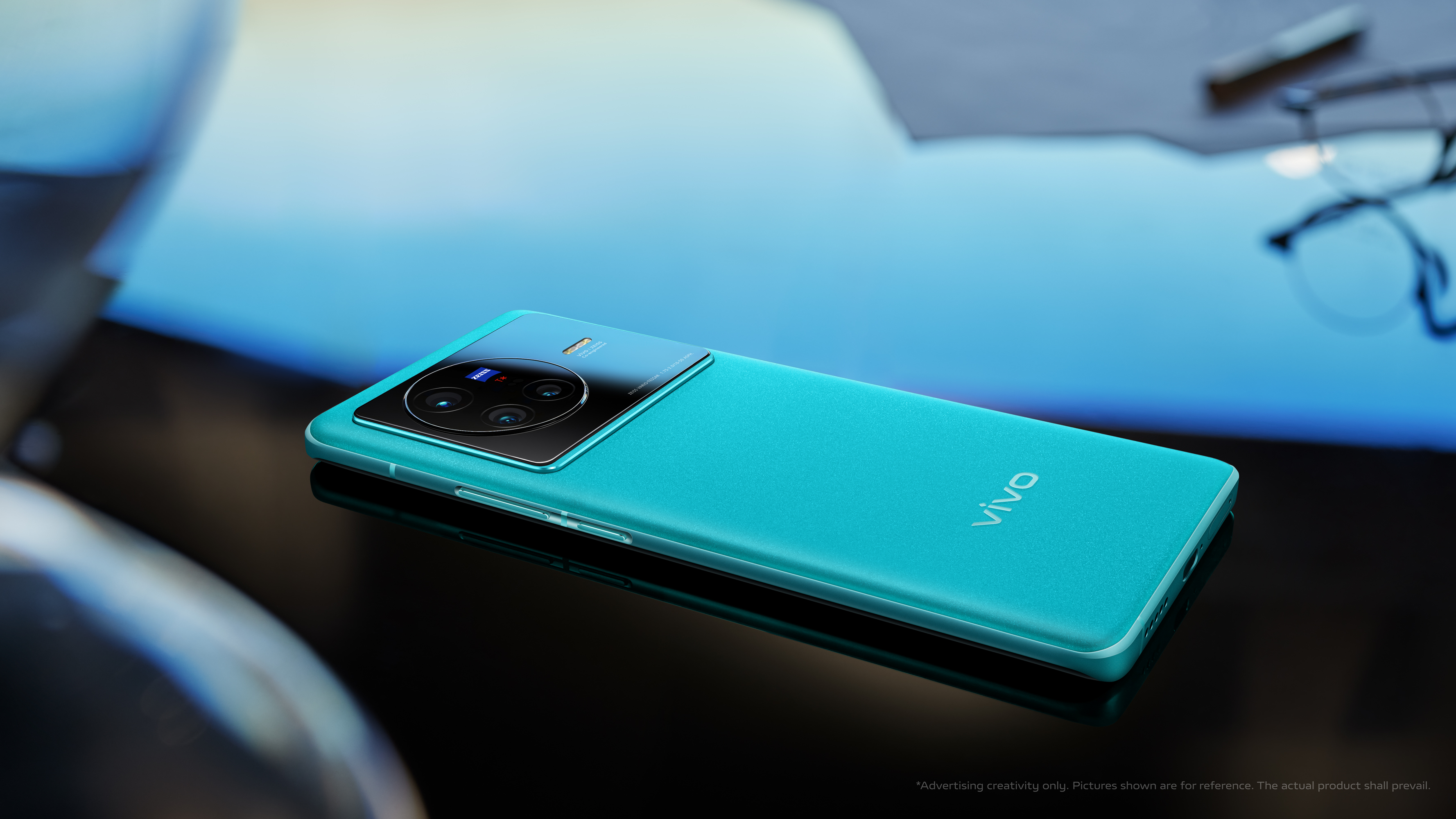Vivo X80 Series launches globally touting Zeiss cinematic photography features
The flagship camera phone market just got a bit more competitive…

The Vivo X80 Series, consisting of the X80 and X80 Pro, has been launched globally today, after launching in Vivo’s home market of China last month. The high spec phones benefit from a partnership with Zeiss and feature a massive camera block to the rear, highlighting the multiple cameras which offer various enticing options for both photography and video.
Create quality photographs and videos with more dynamics and perspectives.
Spark Ni, Vivo
“X80 series demonstrates vivo’s constant pursuit of user-oriented innovation and premium mobile imaging technology. In successive collaboration with ZEISS, a global leader in optics and opto-electronics, we are once again delivering excellent experiences to users who can capture memories and create quality photographs and videos with more dynamics and perspectives,” said Spark Ni, Senior Vice President and CMO of Vivo.
Vivo X80 Pro

The new flagship Vivo X80 Pro has an excellent spec list – it’s powered by the Snapdragon 8 Gen 1 chip with 12GB RAM and a huge vapour chamber, to keep the phone cool when using its high-performance features. It’s 4700mAh battery supports 80W charging and more impressively, 50W wireless charging.
Display wise, the Vivo X80 Pro has a 6.78-inch display with curved edges. It features QHD+ resolution and is LTPO AMOLED, meaning it offers adaptive refresh rates of up to 120Hz. Other notable features are an ultrasonic fingerprint sensor in the display and dual stereo speakers.
Flagship camera system
On to the main event – Vivo are shouting mainly about the camera system, supported by the Vivo V+ imaging chip, on the new flagship and it does indeed sound very promising. The rear four-camera system with Zeiss lenses consists of a 50MP ultra-sensing camera with GNV sensor and OIS, a 48MP wide-angle camera, a 12MP gimbal portrait camera, and an 8MP periscope camera. Finally, up front there’s a 32MP selfie camera.
The gimbal portrait camera is the core upgrade that allows for video enhancement and stability, while X80 Pro’s main camera also includes an exclusively customized ultra-sensing GNV sensor, which Vivo say will optimize reflectivity and reduce stray light paired with a High Transmittance Glass Lens for low dispersion and temperature drift to reduce glaring.
One of the most exciting features offered – there really are tonnes of camera features - is the new Zeiss cinematic video bokeh, which creates oval bokeh in film-standard 2.39:1 aspect ratio, creating a widescreen cinematic lens for video. Users can also choose regular lens video bokeh, creating portrait videos with bokeh in one tap. Impressively, the bokeh effect varies to match the focal length, aperture, and shooting distance, and the bokeh balls are round, in a 16:9 regular frame.
Get the Digital Camera World Newsletter
The best camera deals, reviews, product advice, and unmissable photography news, direct to your inbox!
Another feature we are looking forward to testing is the ZEISS night camera which has upgraded features such as Pure Night View, enabling the X80 series to capture city night scenes while retaining the original look and feel of the scene. Additionally, the X80 Pro supports XDR Photo that can improve clarity for backlit images and improve tones that better reflect what the human eyes can see.
Vivo X80

The Vivo X80, which is the non-Pro model comes with the MediaTek Dimensity 9000 chip, a 4500mAh battery without wireless charging and there’s no adaptive refresh in this model, rather a choice between 120Hz or 60Hz. Camera wise it misses out on the 8MP periscope camera.
Both models will launch on Andriod 12 with FunTouch OS 12. The X80 Pro model comes in Cosmic Black only, while the X80 comes in Cosmic Black and Urban Blue. Vivo has yet to announce pricing or availability.
Read more
Best camera phone
Best budget camera phone
Best camera for TikTok
Best camera for Instagram
Rachael is a British journalist with 18 years experience in the publishing industry. Since working on www.digitalcameraworld.com, she’s been freelancing, and contributing to some of the world’s best-loved websites and magazines including T3.com and TechRadar.com and has also had a book, iPad for Photographers, published. She's currently acting as editor of 5GRadar.com - a website specializing in the latest cellular technology.

